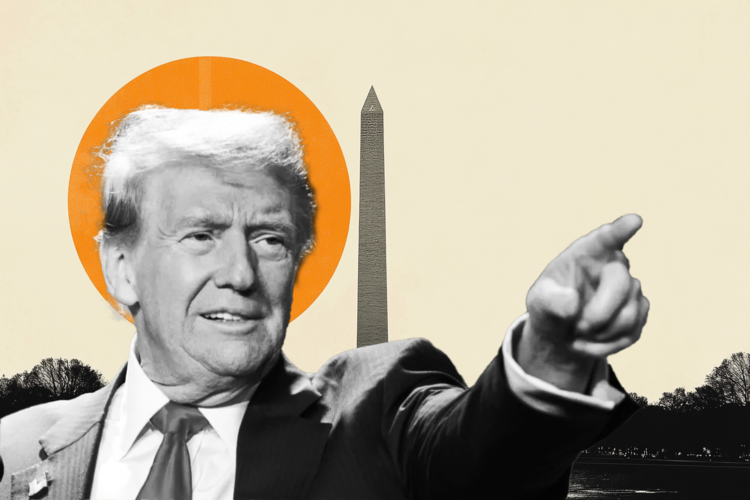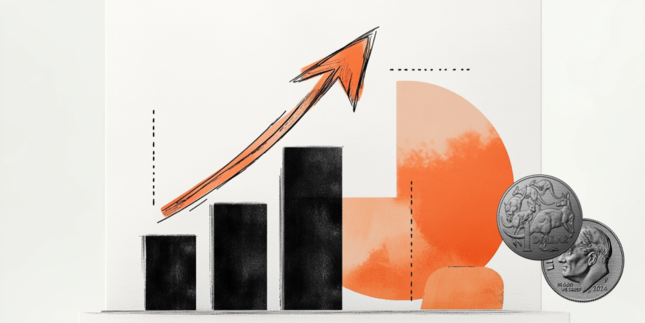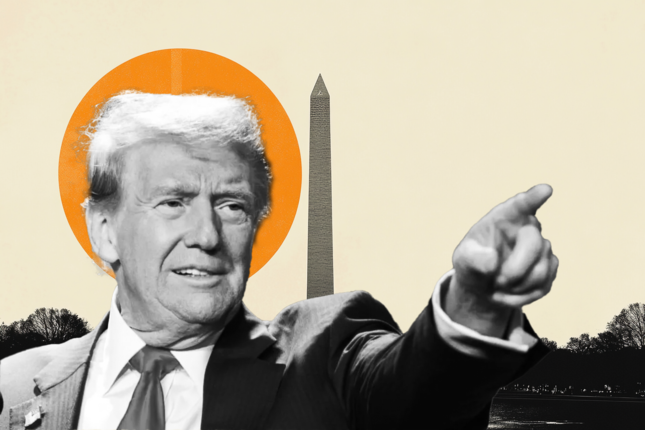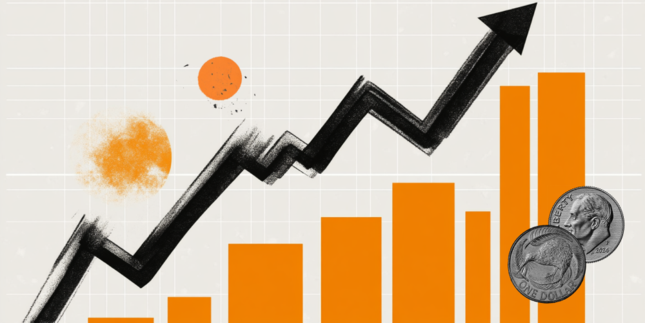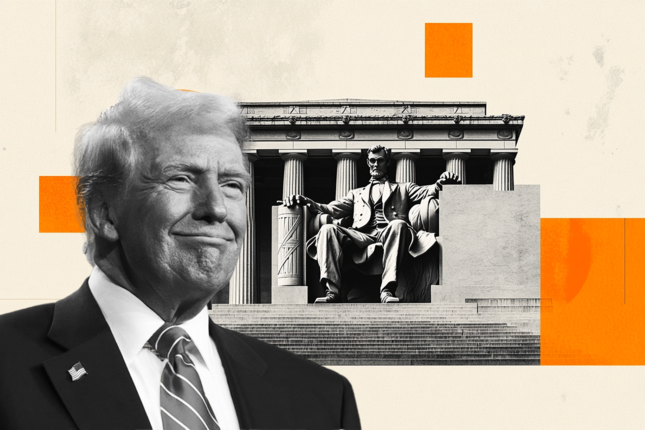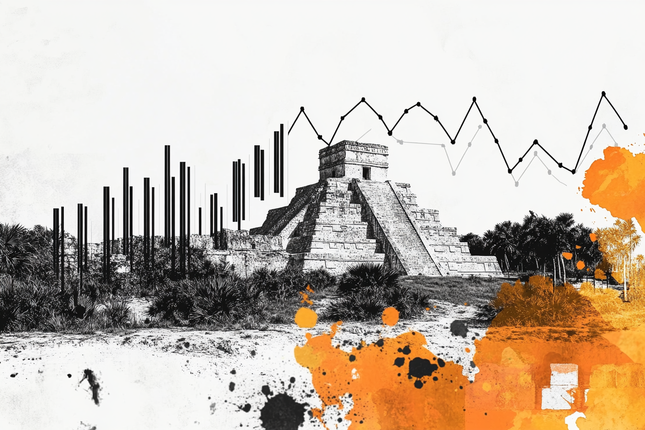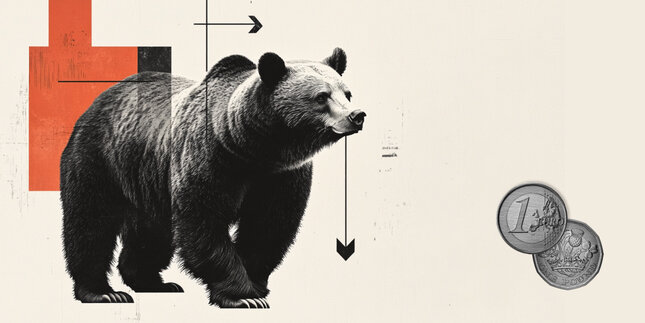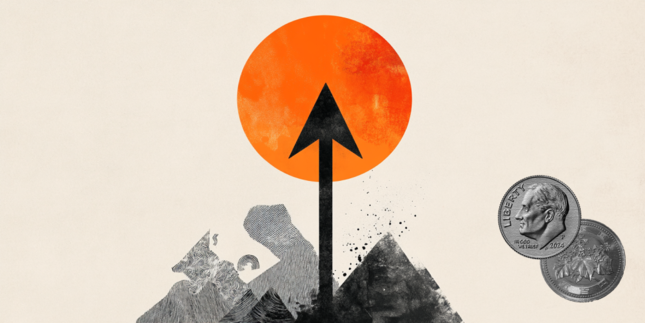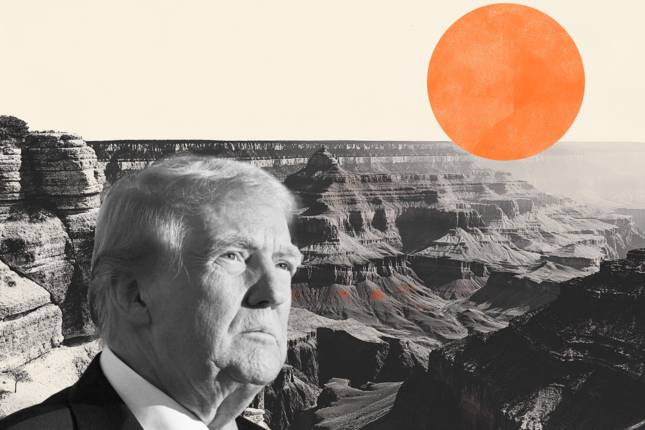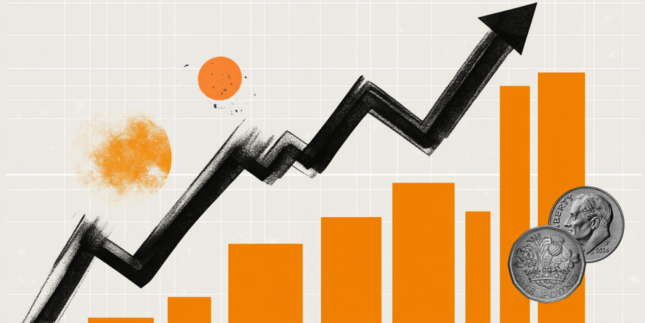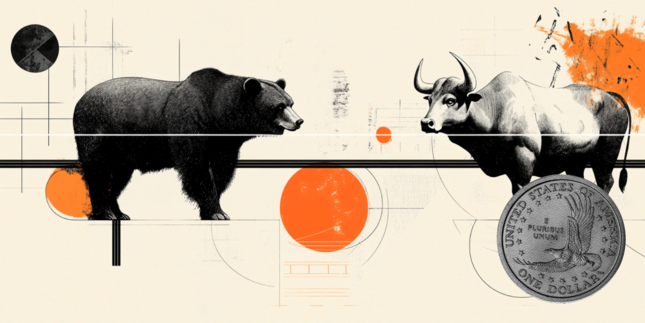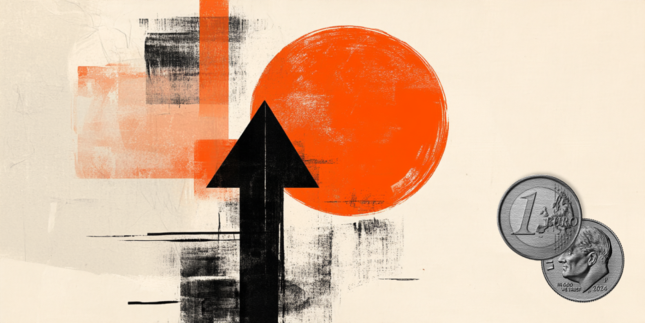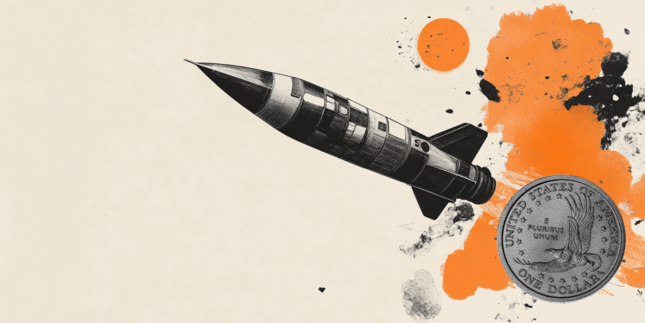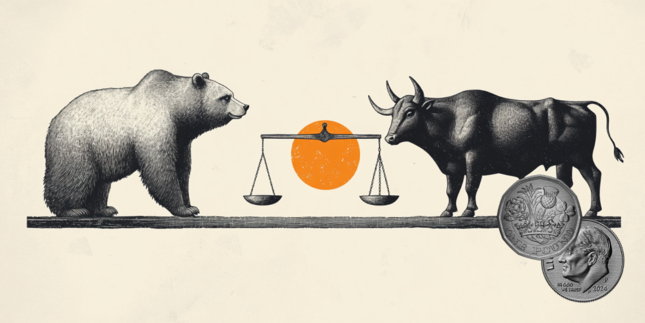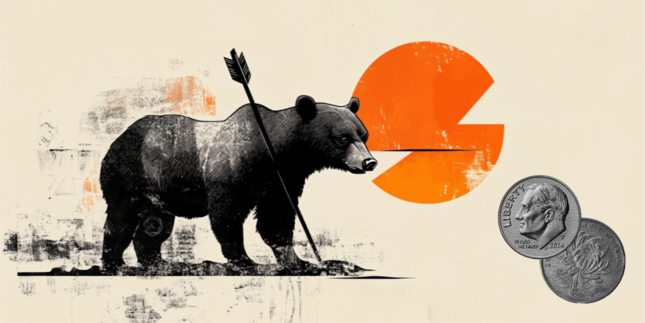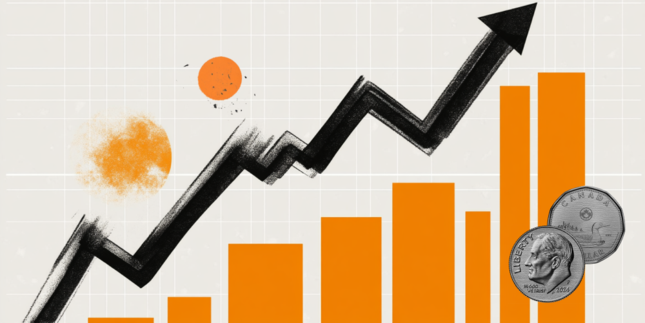USD takes a hit on Trump's inauguration day
- Many investors lock in profits as trade tensions linger and bond markets pause on the holiday.
- Early signals from the incoming US administration suggest a methodical approach to tariffs and fiscal expansion.
- Upcoming data-dependent Federal Reserve decisions remain in focus with May seen as pivotal for any policy shifts.
The US Dollar is in choppy trading after President-elect Donald Trump’s inauguration. Trading floors in the US will remain closed due to Martin Luther King, Jr. Day, but the US Dollar Index (DXY) plunged toward 108.30 with uncertainty ahead as markets await further details on Trump’s economic plans.
Daily digest market movers: USD sees red on delayed tariff signals
- Policy changes hinge on discussions in Washington: According to multiple sources, the new administration will establish a taskforce to investigate potential tariff impacts on Canada, Mexico and China before implementing any broad measures.
- In fact, during his inaugural speech Donald Trump flirted with the idea of a tariff plan on the mentioned countries but with no specific details.
- Holiday closure slows market action with the US bond market shut down. The 10-year yield holds near 4.60%. Traders will keep watch on Tuesday for fresh signals regarding inflation concerns and interest rate moves.
- CME FedWatch Tool indicates that a hold is priced in for this month’s Federal Reserve meeting, and there are high odds of another hold in May.
DXY technical outlook: 20-day SMA cracks, downside risk builds
The US Dollar Index lost key traction below 109.00 as profit-taking and tempered bond yields took their toll. The breach of the 20-day Simple Moving Average (SMA) near 108.50 underscores rising vulnerability for the Greenback.
Should buying interest fail to emerge, the DXY’s broader uptrend could face a more pronounced setback. Nonetheless, expectations of continued US economic outperformance may eventually attract fresh bids, keeping markets on alert for any policy-driven reversals.
US Dollar FAQs
The US Dollar (USD) is the official currency of the United States of America, and the ‘de facto’ currency of a significant number of other countries where it is found in circulation alongside local notes. It is the most heavily traded currency in the world, accounting for over 88% of all global foreign exchange turnover, or an average of $6.6 trillion in transactions per day, according to data from 2022. Following the second world war, the USD took over from the British Pound as the world’s reserve currency. For most of its history, the US Dollar was backed by Gold, until the Bretton Woods Agreement in 1971 when the Gold Standard went away.
The most important single factor impacting on the value of the US Dollar is monetary policy, which is shaped by the Federal Reserve (Fed). The Fed has two mandates: to achieve price stability (control inflation) and foster full employment. Its primary tool to achieve these two goals is by adjusting interest rates. When prices are rising too quickly and inflation is above the Fed’s 2% target, the Fed will raise rates, which helps the USD value. When inflation falls below 2% or the Unemployment Rate is too high, the Fed may lower interest rates, which weighs on the Greenback.
In extreme situations, the Federal Reserve can also print more Dollars and enact quantitative easing (QE). QE is the process by which the Fed substantially increases the flow of credit in a stuck financial system. It is a non-standard policy measure used when credit has dried up because banks will not lend to each other (out of the fear of counterparty default). It is a last resort when simply lowering interest rates is unlikely to achieve the necessary result. It was the Fed’s weapon of choice to combat the credit crunch that occurred during the Great Financial Crisis in 2008. It involves the Fed printing more Dollars and using them to buy US government bonds predominantly from financial institutions. QE usually leads to a weaker US Dollar.
Quantitative tightening (QT) is the reverse process whereby the Federal Reserve stops buying bonds from financial institutions and does not reinvest the principal from the bonds it holds maturing in new purchases. It is usually positive for the US Dollar.
Forex News
Keep up with the financial markets, know what's happening and what is affecting the markets with our latest market updates. Analyze market movers, trends and build your trading strategies accordingly.
